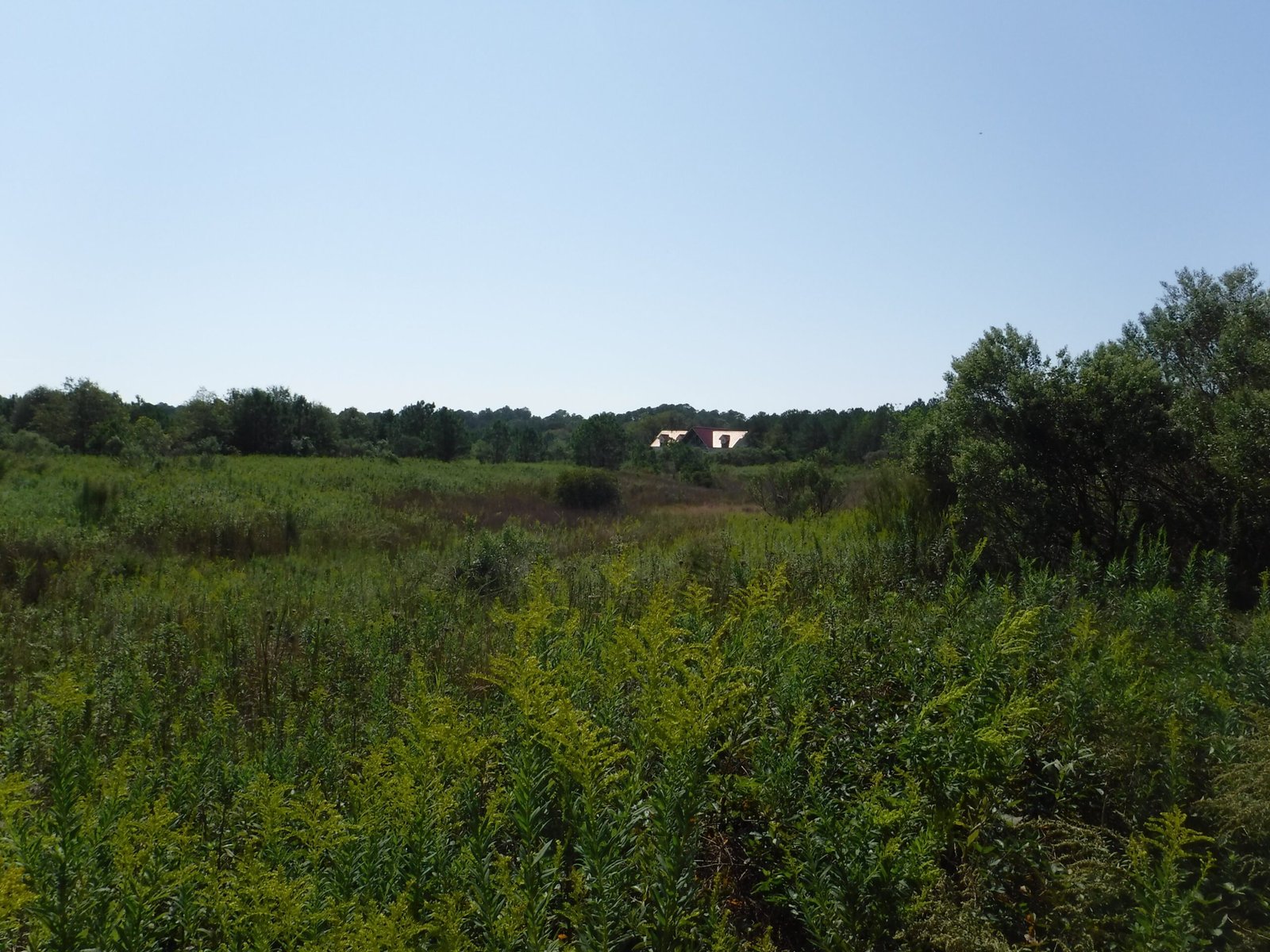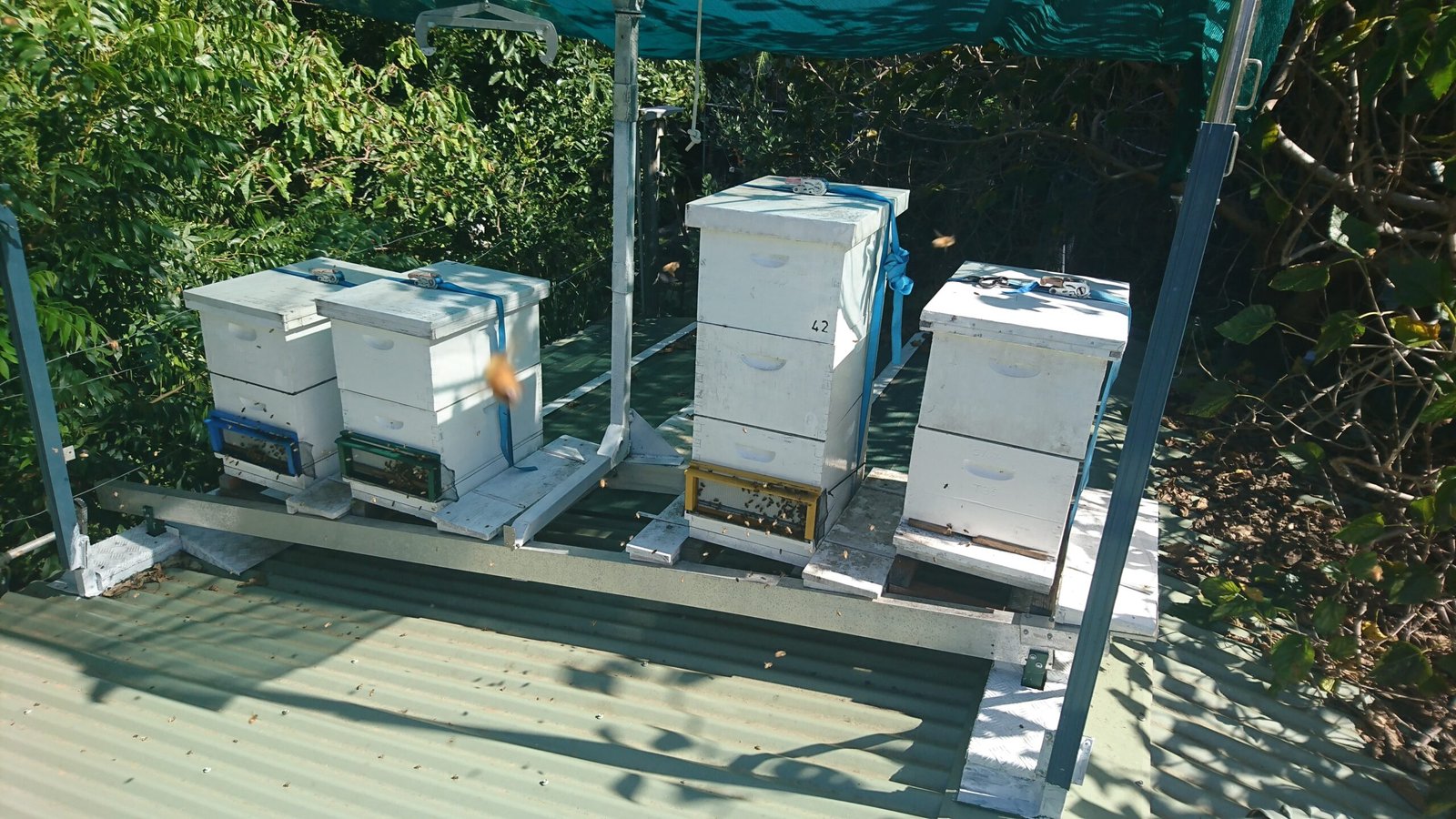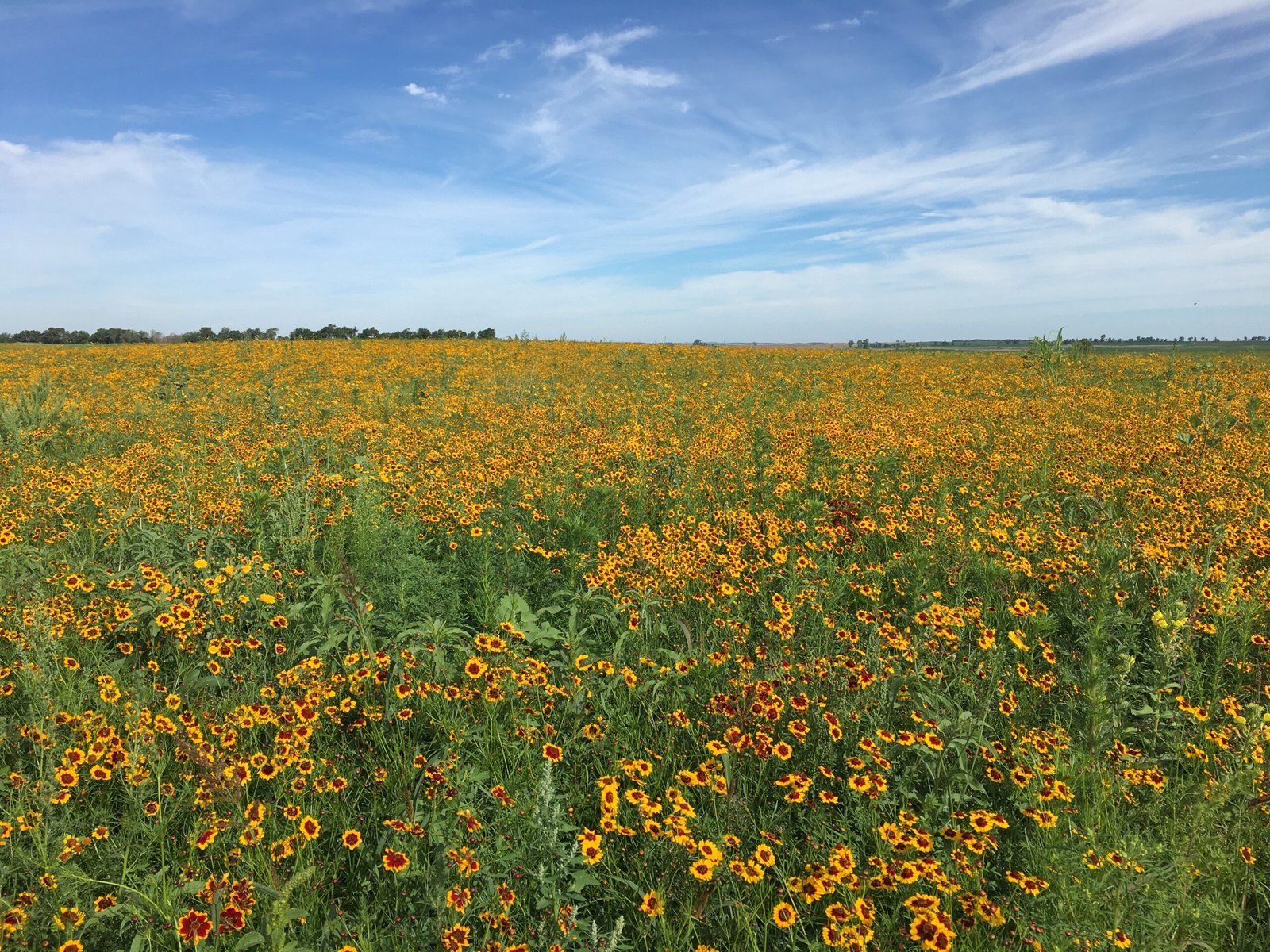Have you ever paused to marvel at the world buzzing quietly around you? Picture this: without bees and their pollinator friends, our fields would empty, our tables would be sparse, and our world would lose color and flavor. On World Bee Day, let’s dive into the vibrant, surprising, and sometimes downright bizarre science of pollination—a field where flowers flirt, insects play matchmaker, and life on Earth leans on the tiniest wings and legs. Prepare to be amazed, maybe even a little shocked, by the wild web connecting us all through the simple act of pollen transfer.
The Secret Lives of Bees
Bees live secret lives bursting with purpose, precision, and constant motion. Inside a hive, every bee plays a role—nurses, foragers, guards, and, of course, the queen. Their communication is a dance, literally: foragers perform the famous “waggle dance” to tell others where to find flowers. It’s a mesmerizing spectacle, with each wiggle and turn encoding information about distance, direction, and the richness of the nectar source. Despite their small size, bees possess extraordinary memories, remembering hundreds of flower types and locations. When you see a bee zigzagging through your garden, know that it’s on a mission, mapping the world in miniature with every wingbeat.
What Exactly Is Pollination?
Pollination is nature’s matchmaking service—it’s how plants reproduce. It happens when pollen, which carries male genetic material, moves from the male part (anther) of a flower to the female part (stigma) of the same or another flower. This tiny act triggers the creation of seeds and fruit. While wind and water can move pollen, most pollination depends on animals, especially insects. Without this process, most of our crops and wildflowers simply wouldn’t exist. It’s astonishing to realize that something so small and almost invisible underpins the food, forests, and wild places we love.
Nature’s Unsung Heroes: Beyond Honeybees
When we think of pollinators, honeybees often steal the spotlight, but they’re only one star in a vast cast. Bumblebees, butterflies, moths, beetles, flies, and even some birds and bats all play crucial roles. Each pollinator has its own quirks: bumblebees can “buzz pollinate” by vibrating flowers open, while bats pollinate large, night-blooming blossoms in tropical forests. Even tiny hoverflies, often mistaken for bees, are tireless workers in gardens and fields. Appreciating this diversity is like discovering a hidden orchestra in the wild, each player essential to the symphony of life.
The Flower’s Clever Tricks
Flowers are not as passive as they seem; they’re cunning architects of attraction. Some flowers glow in ultraviolet light, creating patterns only bees can see. Others release enticing scents or offer sweet nectar rewards. Certain orchids even mimic female insects to trick males into visiting and unwittingly carrying pollen away. The sheer creativity of plant evolution is mind-boggling. It’s like a never-ending costume party, with each flower dressing up to lure in specific pollinators.
Pollination Powerhouses: Why Bees Matter Most
Bees are often hailed as the MVPs of pollination. Their fuzzy bodies are perfect for picking up loose pollen, and their devotion to single flower types during a foraging trip—called “flower constancy”—makes them highly efficient pollinators. This loyalty increases the chances of successful fertilization. In agriculture, honeybees alone pollinate over a third of the food we eat, from apples to almonds. Without them, grocery stores would look barren, and prices would skyrocket. Their contribution is so immense that some scientists call them the “cornerstone species” of many ecosystems.
Life Without Pollinators: A Frightening Scenario
Imagine a world without pollinators: fields of withered plants, orchards empty of fruit, and wildflowers extinct. Up to 75% of global food crops depend, at least in part, on animal pollination. Without these tiny workers, many foods—like chocolate, coffee, and berries—would disappear or become rare luxuries. The ripple effect would devastate wildlife, too, as birds and mammals lose their food sources. It’s a chilling thought, and one that highlights just how fragile our food web truly is.
Pollination’s Role in Biodiversity

Pollinators don’t just help crops—they are champions of biodiversity. Their work enables wild plants to reproduce and spread, creating habitats for countless other creatures. Imagine a meadow bursting with color: bees, butterflies, and beetles darting from bloom to bloom, each helping maintain a tapestry of life. When pollinators thrive, so do ecosystems, supporting everything from tiny insects to large mammals. It’s a web of life, tightly woven and dazzling in its complexity.
Climate Change and the Pollinator Crisis
Climate change is shaking the foundations of pollination. Shifting temperatures and erratic weather disrupt the timing of flowering and the life cycles of pollinators. In some places, flowers bloom earlier than usual, leaving pollinators arriving too late to feed. Extreme heat, droughts, and wildfires are destroying habitats and pushing many species to the brink. The result is a heartbreaking mismatch—plants and pollinators missing each other, a partnership millions of years in the making, now under threat.
Pesticides: Invisible Threats in the Air
Modern farming often relies on pesticides to protect crops, but these chemicals can be deadly to pollinators. Neonicotinoids, in particular, have been linked to mass bee die-offs and “colony collapse disorder.” Even low levels of exposure can confuse bees, impair their navigation, and weaken immune systems. It’s a silent crisis, happening out of sight but with consequences that ripple through our food systems. Finding safer, bee-friendly alternatives is urgent if we want to keep the engines of pollination running.
The Science of Bee Communication
Bees are master communicators, using a mix of movement, scent, and sound. The waggle dance is perhaps the most famous example, but bees also share information through pheromones and vibrations. These signals help the hive coordinate everything from foraging to defense. Imagine a city where everyone spoke in dances and scents—it’s both alien and fascinating. Scientists are only beginning to decode the complexity of this language, but what we know so far is astonishing.
Citizen Science: How You Can Help
Ordinary people everywhere are joining the fight to save pollinators. From counting bees in gardens to planting wildflowers and building bee hotels, citizen science projects offer everyone a chance to make a difference. By observing and reporting local pollinators, people help scientists track changes and spot emerging threats. It’s empowering to know that small, everyday actions—like growing native plants or skipping pesticides—can have a big impact.
Urban Pollinators: Life in the City

Cities might seem unlikely havens for pollinators, but parks, gardens, and even rooftops provide vital refuges. Urban bees often feast on a wider variety of flowers than their rural cousins, thanks to diverse landscaping. Community gardens, green roofs, and wildflower strips turn gray concrete jungles into buzzing oases. Even a window box can become a pit stop for a hungry bee. Cities, it turns out, can be surprisingly wild places for pollination.
Pollination and Human Culture
Pollinators have shaped human history and culture. Ancient Egyptians revered bees as symbols of royalty, while honey has sweetened diets and rituals for millennia. Many cultures celebrate bees in art, music, and folklore. The act of tending hives has inspired poets, philosophers, and scientists alike. Pollinators are woven into our stories, our food, and our sense of place in the world—a reminder that we’re part of something much bigger.
Wild Pollinators: Unseen and Underappreciated
Beyond managed honeybees, wild pollinators do much of the heavy lifting in nature. Solitary bees, like mason and leafcutter bees, pollinate crops and wildflowers with remarkable efficiency. Many wild bees nest in the ground or in hollow stems, quietly working behind the scenes. Sadly, habitat loss and pesticide use threaten these unsung heroes even more than their domesticated cousins. Protecting them means rethinking how we garden, farm, and manage landscapes.
Planting for Pollinators: What Really Works
If you want to help pollinators, plant a variety of nectar- and pollen-rich flowers that bloom across the seasons. Native plants are best—they co-evolved with local pollinators and provide the right resources. Think beyond just flowers: shrubs, trees, and even weeds can be vital food sources. Leaving patches of bare soil or dead wood offers nesting sites for solitary bees. A messy, wild corner in your yard is often the most bee-friendly space of all.
Fascinating Adaptations: Nature’s Odd Couples
Some plants and pollinators have evolved mind-boggling partnerships. The yucca plant, for example, depends entirely on the yucca moth for pollination, and vice versa. In Madagascar, the comet orchid has a nectar spur so long that only one moth species can reach it. These relationships are like nature’s intricate puzzles, each piece fitting perfectly over millennia of coevolution. When one partner disappears, the other often follows—a stark reminder of the fragility of these bonds.
The Science of Crop Pollination

Agricultural scientists study pollination not just out of curiosity, but to secure food for the future. Some crops, like almonds, are almost entirely reliant on honeybee pollination, leading to massive migrations of hives each spring. Others, like tomatoes, need buzz pollination from bumblebees for the best fruit. Researchers are experimenting with alternative pollinators and even robotic bees to fill gaps left by declining insects. The work is urgent, complicated, and absolutely essential.
The Importance of Genetic Diversity

Genetic diversity among pollinators and plants is vital for resilience. Diverse bee populations can handle changing environments and new diseases better than monocultures. Likewise, fields full of different flower species support a wider array of pollinators. When we simplify landscapes or breed crops for uniformity, we put entire systems at risk. Diversity, in nature and in agriculture, is like an insurance policy against disaster.
Pollination Under the Microscope
Modern science uses high-tech tools—microscopes, genetic analysis, and even tiny radio trackers—to unravel the mysteries of pollination. Researchers have discovered microscopic pollen grains with intricate shapes, each adapted to a specific pollinator. DNA analysis helps identify which insects are visiting which flowers, revealing hidden networks and dependencies. Every new discovery adds to the sense of wonder, showing that even the smallest creatures have enormous stories to tell.
A Call to Protect Our Pollinators
Pollination science reveals a world that is both fragile and fiercely alive. The fate of bees and their fellow pollinators rests in our hands, shaped by the choices we make every day. Protecting habitats, reducing chemicals, and celebrating the wild beauty of pollinators isn’t just for scientists or farmers—it’s for everyone who cares about food, nature, and the future. On World Bee Day, let’s remember that a single bee in a flower is more than just a lovely scene. It’s a promise, a challenge, and a chance to make a difference.




